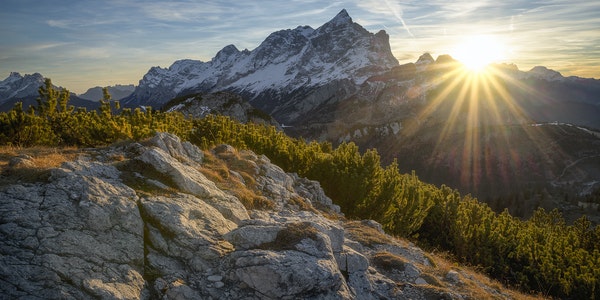Mountain photography is a very important subject in landscape photography. What are the things you need to pay attention to in mountain photography? How to take beautiful mountain photos? How can I make my photos unique and distinctive? These top tips below will introduce you to the dos and don’ts of mountain photography. Learn with me!
Table of Contents
1. Weather
For the best mountain photography, you need to travel in good weather. First consider what season it is, and then determine the shooting plan in advance according to different seasons. In the cold winter, the mountain area will be covered with snow and icy and the roads will be slippery. At this time, you must pay attention to personal safety, make preparations to keep warm and anti-skid, and prevent frostbite from falling. If you’re going out in the warmer months, having sunscreen, insecticide, and a hat on hand will greatly benefit your photography. To be sure, whatever the weather conditions, you will need to have the appropriate clothing and protective gear for the season.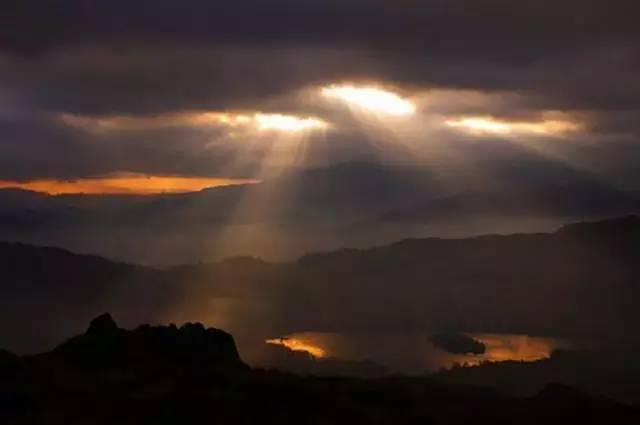
A good weather makes for a good mountain photo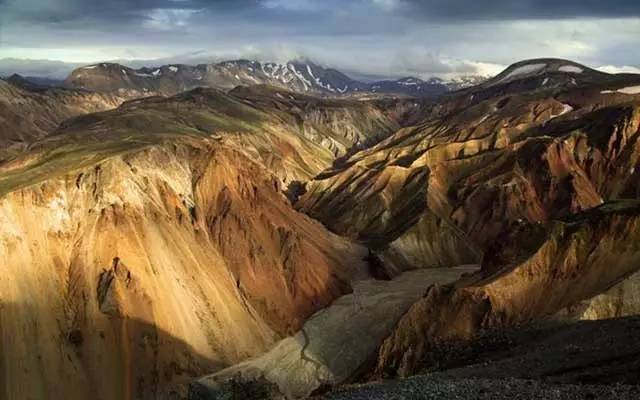
The sun shines directly through the thick clouds
2. Time
Most photographers agree that the best time to capture beautiful mountain photos is in the early morning or early evening. Because during the two time periods of sunrise or sunset, the light creates a unique lighting environment. The typical mountain photos are made because the sun doesn’t produce harsh light during these two time periods, and it doesn’t cast shadows when you capture the best of the moment.
In addition, the temperature of the midday sun can create smoke in the air, making photos look polluted. This is not the case at dawn or dusk. Also, there won’t be too many tourists visiting during these times to get in the way of your shots.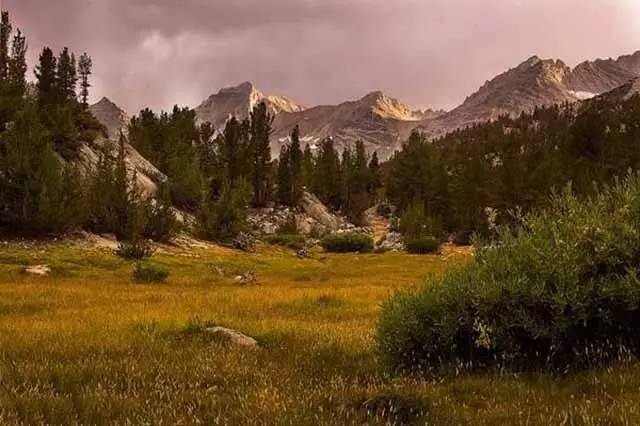
In the evening, the light is soft and not dazzling, which is more suitable for taking such mountain photos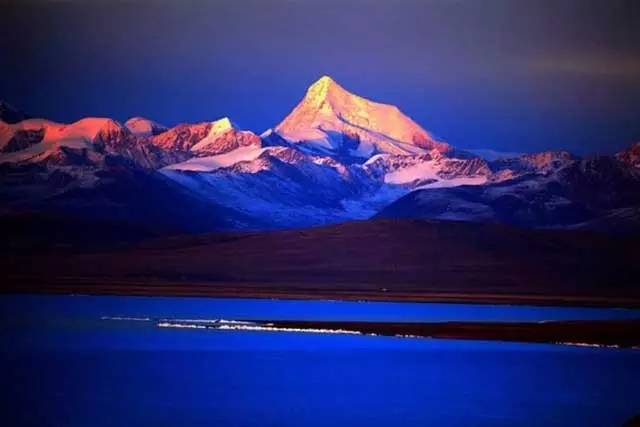
The setting sun shines over the snowy peaks, dyeing the white snow a warm orange
3. Lens
Generally, when photographing mountains, you need a lens that can take wide-angle shots. In order to ensure that the edge of the photo is not deformed, the appropriate focal length of the wide-angle lens is 24-28mm. On the other hand, in order to cope with shooting in different scenery environments, it is also recommended that players prepare a zoom wide-angle lens, such as 24-70mm. A wide-angle lens can help you capture the grand scale of the mountain, while also allowing you to zoom in to get some interesting details when viewing the photo.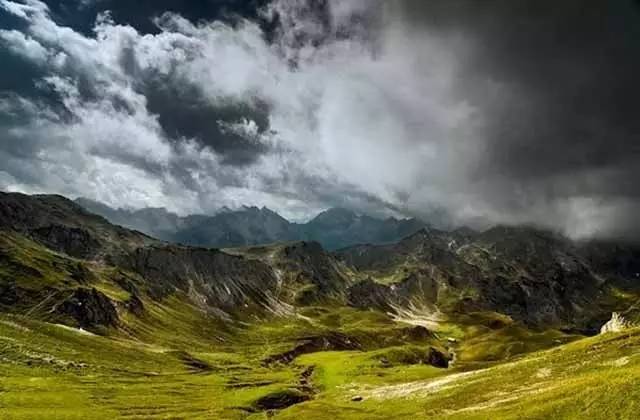
Wide-angle lens helps you capture the grand scale of the mountains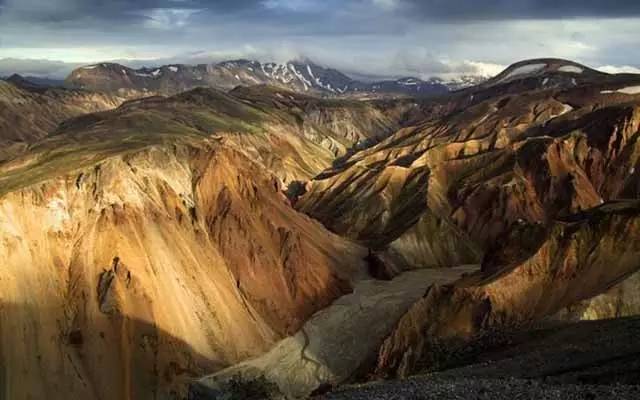
Rolling mountains in wide-angle lens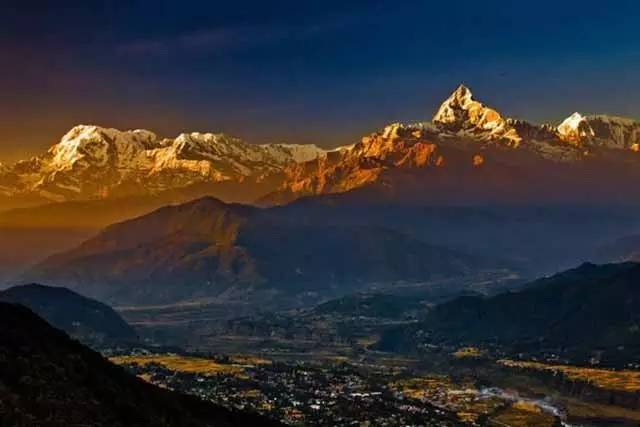
The nearby towns further set off the towering snow-capped peaks in the distance.
4. Color Filter
In mountain photography, there are three types of color filters that come in handy: color filters, UV filters, and polarizers. When shooting high-contrast landscape areas, color filters can help you solve problems such as a dark foreground and a bright sky. The job of a UV mirror is to filter sunlight while protecting your lens, especially in places with high levels of sunlight such as mountain tops. There are many benefits to using a polarizer, such as it helps your shot through misty skies, or when shooting in winter, a polarizer helps reduce glare and light reflected off of snow.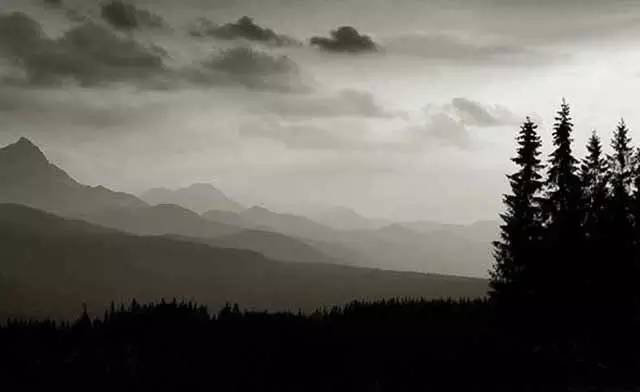
Using color filters according to different situations can make your pictures more layered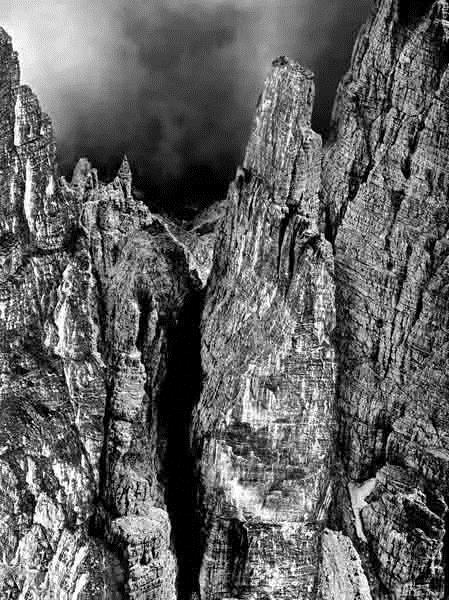
The black and white color adds a bit of danger to the mountain
5. Tripod
Tripods are very useful in mountain photography for two reasons: First, when taking long exposure photos at dusk or dawn, the tripod can provide a very stable support. The second reason is that a tripod can help you get more unusual shooting angles, allowing you to break out of the stereotype and form a new perspective. In addition, when shooting mountain scenery, it can help you share the heavy weight of the SLR camera and lens, reducing the burden of shooting.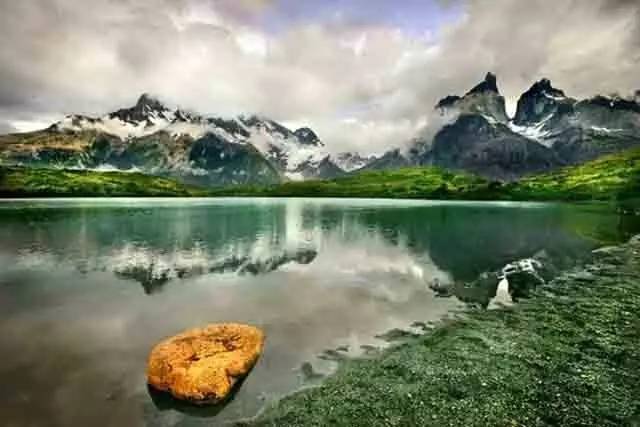
Tripods can help with new photography styles like HDR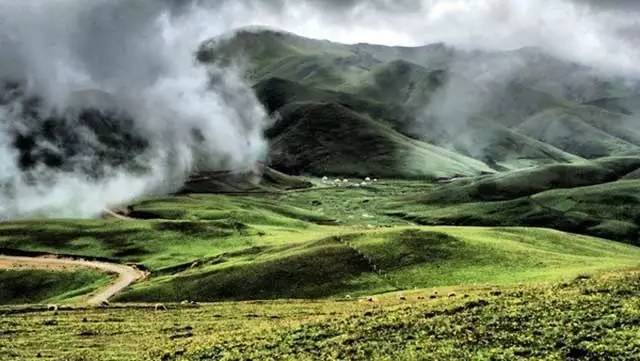
Take pictures of misty mountains with the steady support of a tripod
The reflection on the lake seems to lead people into another fairy tale world
6. Composition
After you’ve gotten over the lighting issues and understand what type of lens will work best for you in which situation, all you need is to adjust your composition when photographing. The first tip to improve your composition is to not put too many objects in your photo. That would take away the vibrancy of the mountains, and that kind of photos tend to look pretty unfocused. Another aspect to consider is making sure the foreground of your composition gives the viewer a sense of the scale of the mountains, creating a sense of layering.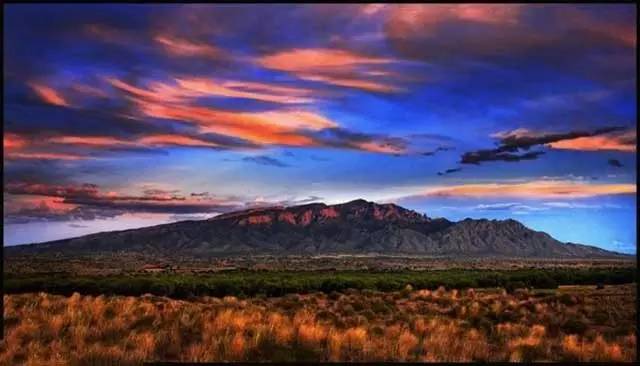
The simple composition can better show the vitality of the mountains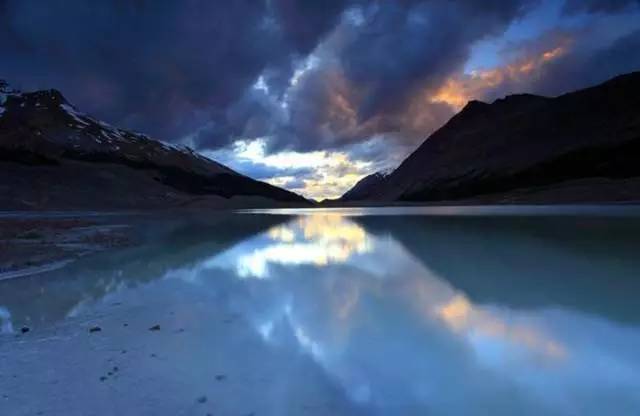
The flowing water and floating clouds set off the layering of the mountains
7. Aperture
Setting the aperture before shooting mountains is a very basic job, and there are fixed standards. In order to frame the background and foreground very clearly, the camera aperture should be set to a higher value (small aperture), between f/8 and f/22 depending on the situation. The exact value depends on your actual situation, but remember that it must not exceed f/8 at the maximum. 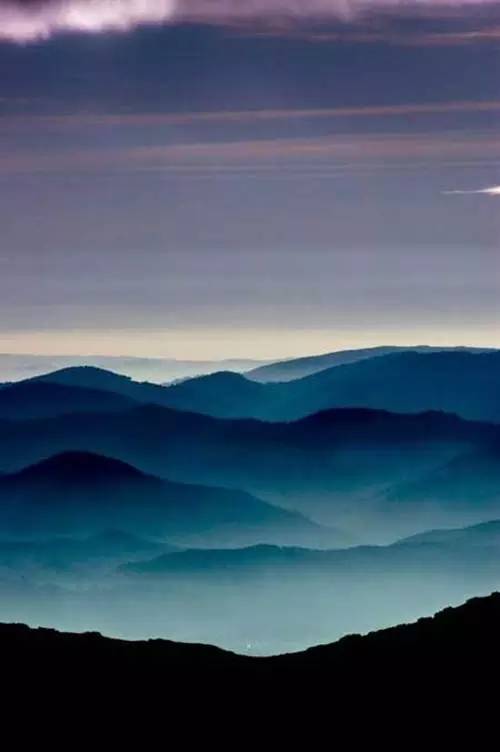
Setting a small aperture can make the background and foreground of your photo appear sharper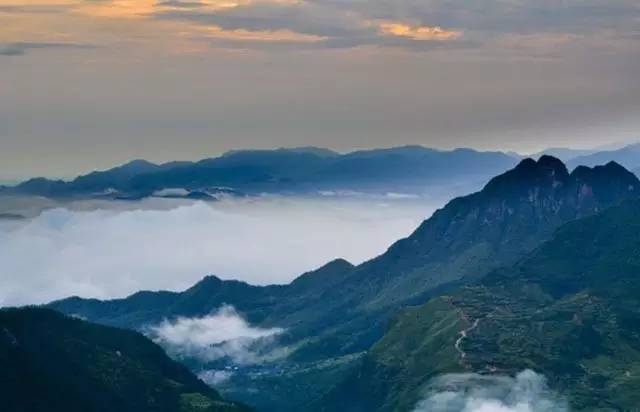
The mist shrouded the mountains with a mysterious veil
